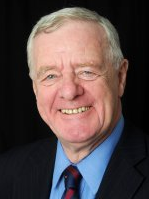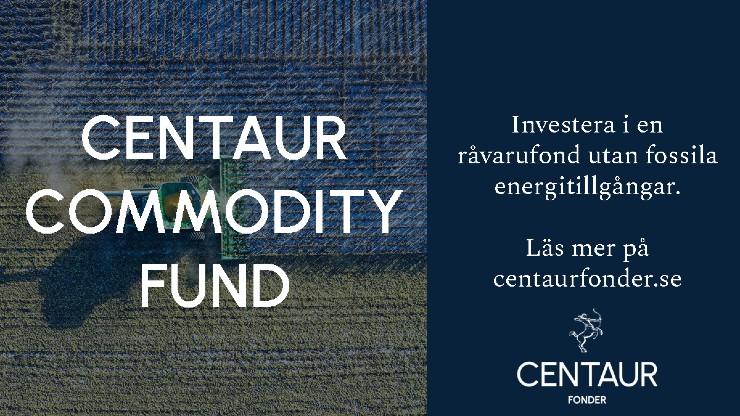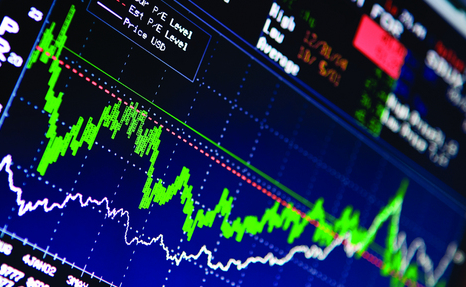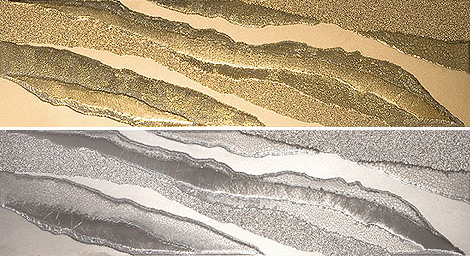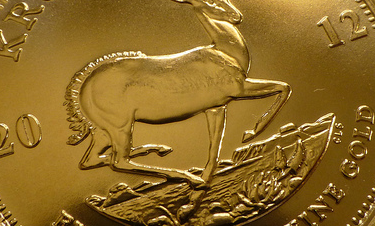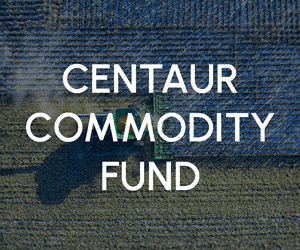Nyheter
David Hargreaves on Precious Metals, week 15 2014
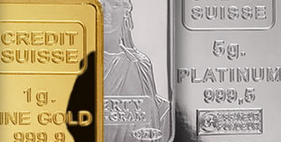
We dwell in platinum this week, because unless the South African government takes a grip on its problems that metal will truly spotlight. See below. But platinum tracks gold, not vice-versa. This week gold put on 1.6% and is up 5.2% on the year to date. No big deal compared with its 24% 2013 fall eh? The drivers, which we stress to the point of boredom are, and will remain, the economic and military-political. The former is worth its 1-3% short term move and this week did not disappoint. We expect interest rates to rise, probably slowly, so that is a damper.
We expect the world economy to pick up, so that is another. Both good reasons for WIM to look at a $1200/oz base. The political military is out of our hands. Vladimir does not always answer the phone, so probably plotting his stealthy creep into the Ukraine. Both Egypt and India look like settling their elections peacefully and a knee-jerk towards $2000 plus does not look imminent. As for RSA, we increasingly care less, don’t we?
Palladium limped to its highest level since 2011, at $788/oz as the US threatened sanctions against Russia. Rum stuff this. The sister metal to platinum sells cheaper because it is not so efficient as a catalyst, but sort-of OK. So half price. It is more loved by diesel engines than petrol engines too. Here is how it stacks up:
Palladium Supply and Demand
- World Demand. c. 9,000,000 oz
- World Mined output. c. 6,500,000 oz
- Recycling and disinvestment. c. 2,500,000 oz
Major producers: Russia 44%, RSA 41%, North America 9%, other 6%. So Russia, thanks to its by product output from Norilsk Nickel, has a firmer foot print in the palladium market than it does in platinum. It also has had a major stockpile whose current status remains unknown. If the US decides to impose Ukrainian-related sanctions it could affect supplies. The major US producer Stillwater (SWC.N $15.52; Hi-Lo $16.03-9.80) produces about 6% of total world mined output.
Still on sanctions, Russia’s Polyus Gold may delist from the London market because of the threat of sanctions. A clutch of other companies could be affected including Uralkali, Polymetal, Highland Gold, PhosAgro. Petropavlovsk does not have a London listing.
South Africa’s platinum problems. The unions will lose this one. Platinum numbers favour the companies, not the unions. Are we missing a trick? Although it is a precious metal in all respects, it differentiates itself from Au in being largely an industrial one. About 50% is used in autocatalysts, which turn noxious exhaust fumes into harmless water vapour and nitrous oxides. Such a device lasts for about 50,000 running miles, but can then be recycled. So the numbers go like this:
- World demand for platinum in all forms: 7,700,000
- Investment demand 7% 550,000
- Autocatalyst demand 50% 3,850,000
- Recycling 900,000
- New production autocatalyst demand 2,950,000
- ETF Stockpiles: c. 2,000,000
- Industrial stockpiles annualised shortfall or zero production 500,000oz
- Weeks auto supply from stockpiles 44
Now you do not get a much better politico-economic fit than that which RSA has with platinum. But it is light years away from being able to exploit it because its industrial relations are a shambles matched only by its unattainable expansionary goals based on a deteriorating power supply. All this in election year.
The platinum industry problems began when a brand new workers’ union, AMCU, set up in opposition to the established NUM and demanded a doubling of wages. After 10 weeks of strikes the companies have offered 9% and adopted a take-it-or-leave-it attitude. Being South Africa this can turn bloody. The companies are at pains to assure their customers that they can meet their demands for the foreseeable future and on the above numbers would appear to have some justification.
Should it drag on, much will depend on the attitude of the exchange traded funds (ETFs) towards selling. The largest, RSA’s NewPlat ETF may have a dilemma but New York based Physical Platinum will suffer no such problems. Those two have over 1.5Moz which we suspect will come out at the right price. So industry looks ok for the next 44 weeks.
Not so the strikers and their families. There is little public sympathy for this strike but if the ANC government does not show its hand it will soon turn violent. President Zuma cannot surely endorse a doubling of wages can he? The man is well paid to be leader; now he must earn his keep.
Charity chapter two. A city colleague suggested, tongue-in-cheek this week, that following Rio Tinto’s lead, Amplats might donate its RSA operations to charity. The rationale, we think, was that they are rapidly becoming more trouble than they are worth. Let the locals see if they can make a go of where the London-tainted majors are failing. Well, hey presto, black-led Sibanye Gold has made a fist out of picking up high cost old gold mines on the Reef and is turning them to account. Now we hear it has made contact with Amplats about buying its high cost Rustenburg shafts. We will report more when we know more.
[hr]
About David Hargreaves
David Hargreaves is a mining engineer with over forty years of senior experience in the industry. After qualifying in coal mining he worked in the iron ore mines of Quebec and Northwest Ontario before diversifying into other bulk minerals including bauxite. He was Head of Research for stockbrokers James Capel in London from 1974 to 1977 and voted Mining Analyst of the year on three successive occasions.
Since forming his own metals broking and research company in 1977, he has successfully promoted and been a director of several public companies. He currently writes “The Week in Mining”, an incisive review of world mining events, for stockbrokers WH Ireland. David’s research pays particular attention to steel via the iron ore and coal supply industries. He is a Chartered Mining Engineer, Fellow of the Geological Society and the Institute of Mining, Minerals and Materials, and a Member of the Royal Institution. His textbook, “The World Index of Resources and Population” accurately predicted the exponential rise in demand for steel industry products.
Nyheter
Hur säkrar vi Sveriges tillgång till kritiska metaller och mineral i en ny geopolitisk verklighet?
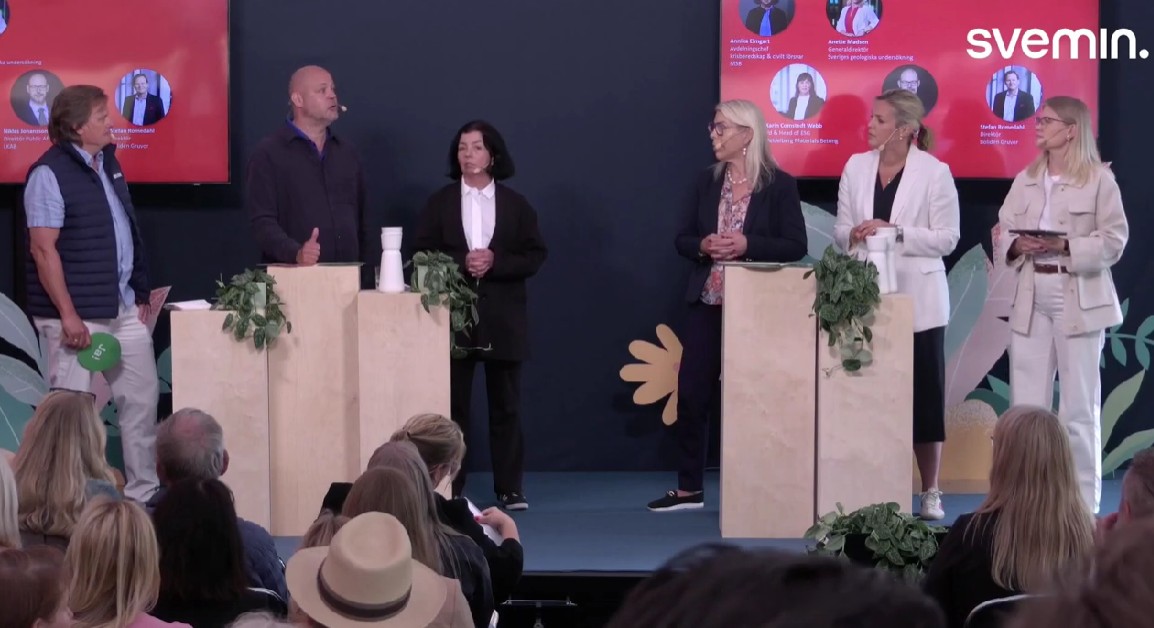
När världsläget förändras ställs Europas beroende av metaller och mineral på sin spets. Geopolitiska spänningar, handelskonflikter och ett mer oförutsägbart USA gör att vi inte längre kan ta gamla allianser för givna. Samtidigt kontrolleras en stor del av de kritiska råvarorna vi är beroende av av andra makter – inte minst Kina. Vad händer med Sveriges industriella förmåga i ett läge där importen stryps? Hur påverkas försvarsindustrin av Kinas exportrestriktioner? Är EU:s nya råvarupolitik tillräcklig för att minska sårbarheten – eller krävs ytterligare statliga insatser och beredskapslagring? Svemin anordnade den 25 juni ett seminarium som bestod av bestod av deltagare från myndigheter, politik och industri. Man diskuterar Sveriges och EU:s strategiska vägval i en ny global verklighet – och vad som krävs för att säkra tillgången till metaller när vi behöver dem som mest.
Nyheter
Lundin Mining ska bli en av de tio största kopparproducenterna i världen
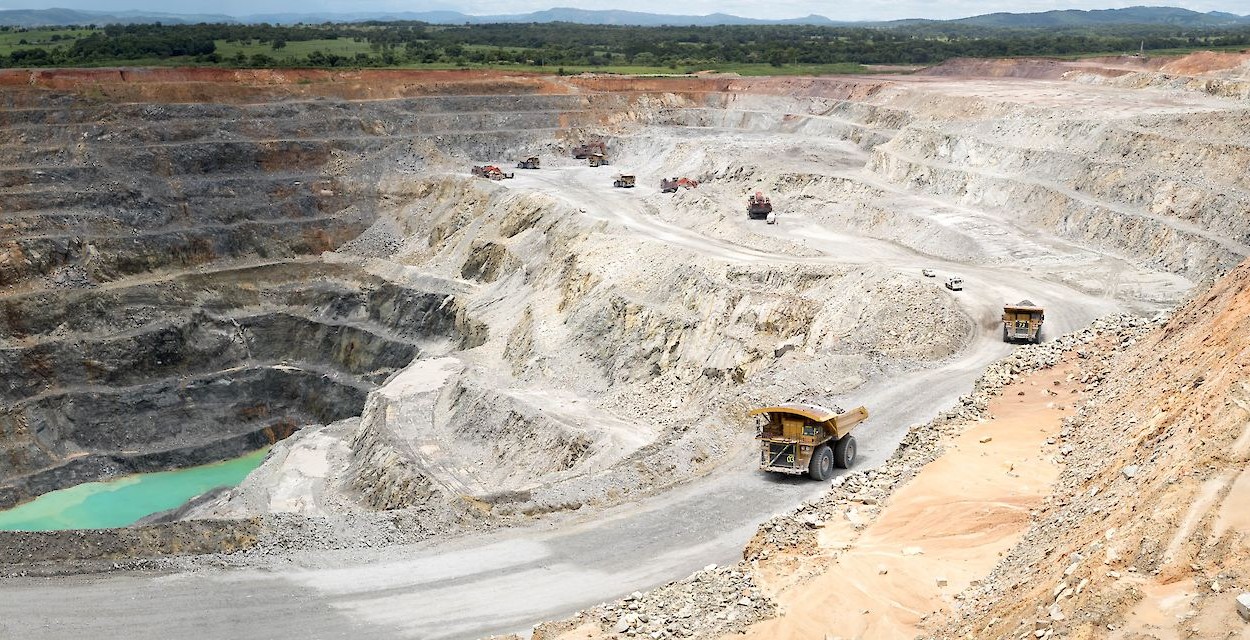
Lundin Mining är bolaget i Lundin-sfären som satsar stort på Vicuña-projektet i Argentina. Det ska lyfta Lundin Mining till att bli en av de tio största kopparproducenterna i världen skriver Affärsvärlden och upprepar sin köprekommendation för aktien.
”Även om en framgång inte är på förhand given tror vi att Vicuña har goda chanser att bli bra. Vi förnyar vårt köpråd för Lundin Mining”
Enligt Lundin Minings ledning kommer man att klara att finansiera sin del av investeringarna i Vicuña genom det löpande kassaflödet som man förväntar sig ska bli omkring 5 miljarder dollar kommande fem år i kombination med lån.
Nyheter
Sommarvädret styr elpriset i Sverige

Många verksamheter tar nu ett sommaruppehåll och ute värmer solen, det är gott om vatten och vinden blåser. Lägre efterfrågan på el och goda förutsättningar för kraftproduktionen höll ner elpriserna under juni.

Elpriset på den nordiska elbörsen Nord Pool (utan påslag och exklusive moms) i elområde 1 och 2 (Norra Sverige) blev för juni 3,05 respektive 4,99 öre/kWh, vilket är rekordlågt och de lägsta på minst 25 år.
– Elpriset påverkas av en rad faktorer men vädret väger tyngst. På sommaren minskar efterfrågan på el och många verksamheter har ett uppehåll. Detta tillsammans med goda förutsättningar inom kraftproduktionen påverkar elpriset nedåt, säger Jonas Stenbeck, privatkundschef Vattenfall Försäljning Norden.
Den hydrologiska balansen, måttet för att uppskatta hur mycket vatten som finns lagrat ovanför kraftstationerna, ligger över normal nivå, särskilt i norra Skandinavien. Tillgängligheten för kärnkraften i Norden är just nu 82 procent av installerad effekt.
– De goda nordiska produktionsförutsättningarna gör elpriserna mindre känsliga för förändringar i omvärlden, säger Jonas Stenbeck.
Priserna på olja och gas kan dock ändras snabbt med anledning av en turbulent omvärld. På kontinenten har efterfrågan på gas sjunkit och nytt solkraftsrekord för Tyskland sattes på midsommarafton med en produktion på 52,5 GW.
– Många av de goda elvanor vi skaffade oss under elpriskrisen verkar leva kvar och gör nytta även på sommaren. De svenska hushållens elförbrukning under 2024 var faktiskt den lägsta detta millenium, säger Jonas Stenbeck.
| Medelspotpris | Juni 2024 | Juni 2025 |
| Elområde 1, Norra Sverige | 24,04 öre/kWh | 3,05 öre/kWh |
| Elområde 2, Norra Mellansverige | 24,04 öre/kWh | 4,99 öre/kWh |
| Elområde 3, Södra Mellansverige | 27,27 öre/kWh | 22,79 öre/kWh |
| Elområde 4, Södra Sverige | 62,70 öre/kWh | 40,70 öre/kWh |
-

 Nyheter4 veckor sedan
Nyheter4 veckor sedanStor uppsida i Lappland Guldprospekterings aktie enligt analys
-

 Nyheter4 veckor sedan
Nyheter4 veckor sedanSilverpriset släpar efter guldets utveckling, har mer uppsida
-

 Nyheter3 veckor sedan
Nyheter3 veckor sedanUppgången i oljepriset planade ut under helgen
-

 Nyheter3 veckor sedan
Nyheter3 veckor sedanLåga elpriser i sommar – men mellersta Sverige får en ökning
-

 Nyheter2 veckor sedan
Nyheter2 veckor sedanMahvie Minerals växlar spår – satsar fullt ut på guld
-

 Analys3 veckor sedan
Analys3 veckor sedanVery relaxed at USD 75/b. Risk barometer will likely fluctuate to higher levels with Brent into the 80ies or higher coming 2-3 weeks
-
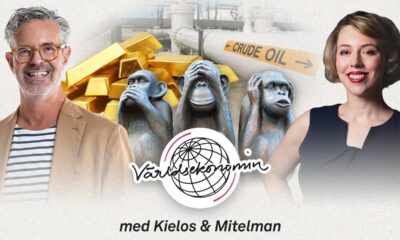
 Nyheter1 vecka sedan
Nyheter1 vecka sedanOljan, guldet och marknadens oroande tystnad
-

 Nyheter1 vecka sedan
Nyheter1 vecka sedanJonas Lindvall är tillbaka med ett nytt oljebolag, Perthro, som ska börsnoteras


